March 01, 2022
12 Jyotirlingas in India You Must Visit
CM Content Team

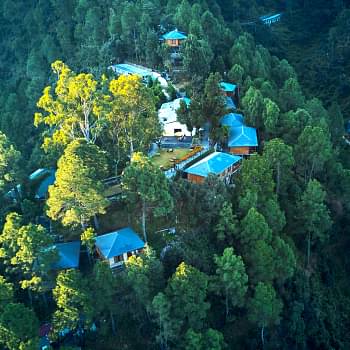
View all
140+
Resorts
March 01, 2022
CM Content Team
India, a land of spirituality and devotion, is home to the 12 Jyotirlingas, which are considered the holiest abodes of Lord Shiva. These 12 Jyotirlingas in India symbolize the infinite nature of Shiva and hold immense religious significance for Hindus. According to mythology, Lord Shiva appeared as a column of divine light at these places, making them centres of power and devotion.
12 Jyotirlinga in India - Temples of Shiva
Let’s take a journey to discover the 12 Jyotirlinga in India. From the famous Somnath Temple in Gujarat to the serene Trimbakeshwar Temple in Maharashtra, each of these Jyotirlingas has a unique history, significance, and charm that will leave you spellbound.
So, get ready to embark on a spiritual journey to the most sacred shrines of Lord Shiva in India!
The term Jyotirlinga means “Lingam of Light”. It is believed that these 12 shrines are self-manifested forms of Lord Shiva, where devotees seek spiritual liberation and divine blessings. Each Jyotirlinga has a unique legend associated with it, reinforcing the omnipresence and magnificence of Shiva.
These 12 Jyotirlingas in India are considered as the most sacred and powerful abodes of Lord Shiva, and they are spread across different parts of India.
| 12 JYOTIRLINGA’S ORDERWISE | NAMES OF JYOTIRLINGA’S | STATE |
| First Jyotirlinga | Shree Somnath Jyotirlinga | Veraval (Somnath) - Gujarat |
| Second Jyotirlinga | Mallikarjuna Jyotirlinga | Srisailam - Andhra Pradesh |
| Third Jyotirlinga | Mahakaleshwar Jyotirlinga | Jaisinghpura, Ujjain - Madhya Pradesh |
| Fourth Jyotirlinga | Omkareshwar Jyotirlinga | Khandwa - Madhya Pradesh |
| Fifth Jyotirlinga | Kedarnath Temple | Kedarnath, Rudraprayag - Uttarakhand |
| Sixth Jyotirlinga | Bhimashankar Jyotirlinga | Bhimashankar, Pune - Maharashtra |
| Seventh Jyotirlinga | Kashi Vishwanath Jyotirlinga | Lahori Tola, Varanasi - Uttar Pradesh |
| Eighth Jyotirlinga | Trimbakeshwar Jyotirlinga | Shrimant Peshwe Path, Trimbak - Maharashtra |
| Ninth Jyotirlinga | Nageshwar Jyotirlinga | Daarukavanam, Devbhumi Dwarika - Gujarat |
| Tenth Jyotirlinga | Baidyanath Jyotirlinga | Shivganga Muhalla, Dardmara - Jharkhand |
| Eleventh Jyotirlinga | Rameshwaram Jyotirlinga | Rameswaram - Tamil Nadu |
|
Twelfth Jyotirlinga |
Grishneshwar Jyotirlinga | Aurangabad - Maharashtra |

Location: Prabhas Patan, near Veraval, Gujarat
The first and most revered Jyotirlinga, Somnath is believed to have been built by Chandra (Moon God). It has been destroyed and rebuilt multiple times due to invasions but remains an enduring symbol of faith.
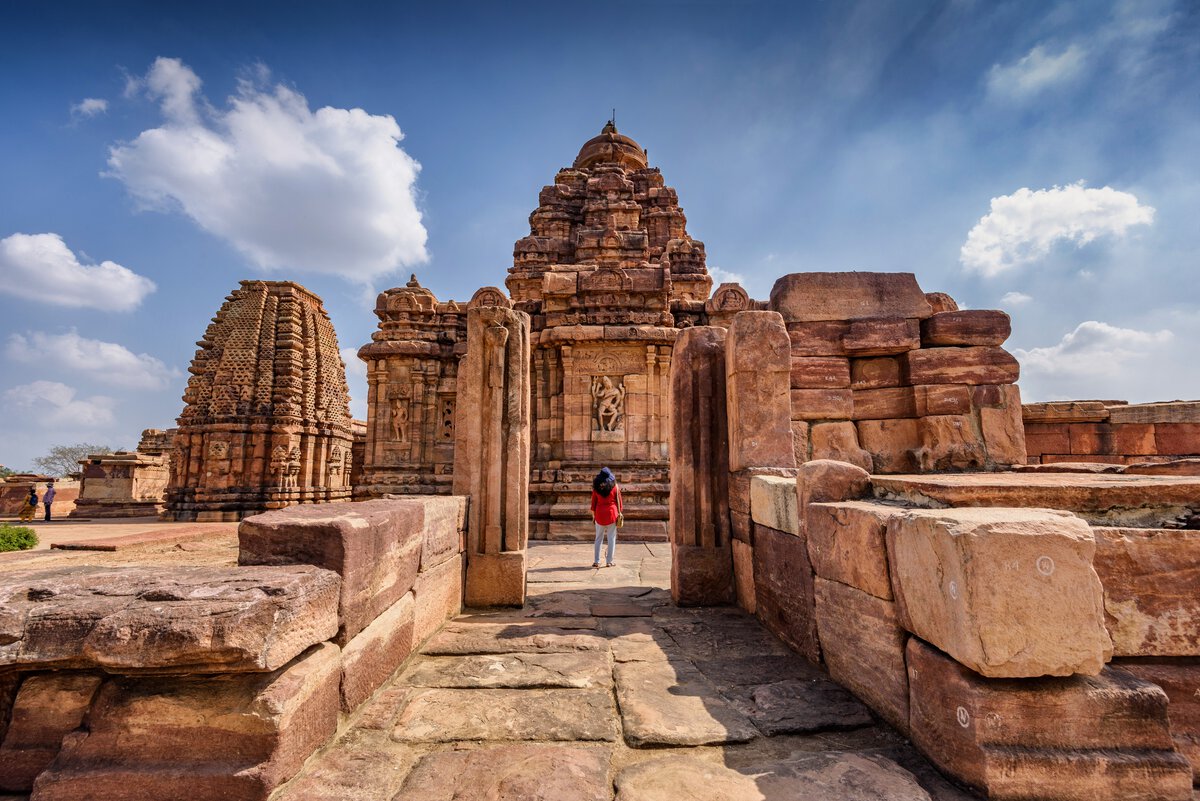
Location: Srisailam, Andhra Pradesh
This temple, situated on Srisailam Hill, is revered as a Shakti Peetha as well. It represents the union of Shiva and Shakti.
The darshan, abhishekam, and archanas by the devotees starts from 6:30 am and ends at 1 pm. These also happen in the evening from 6.20 pm to 9.00 pm.
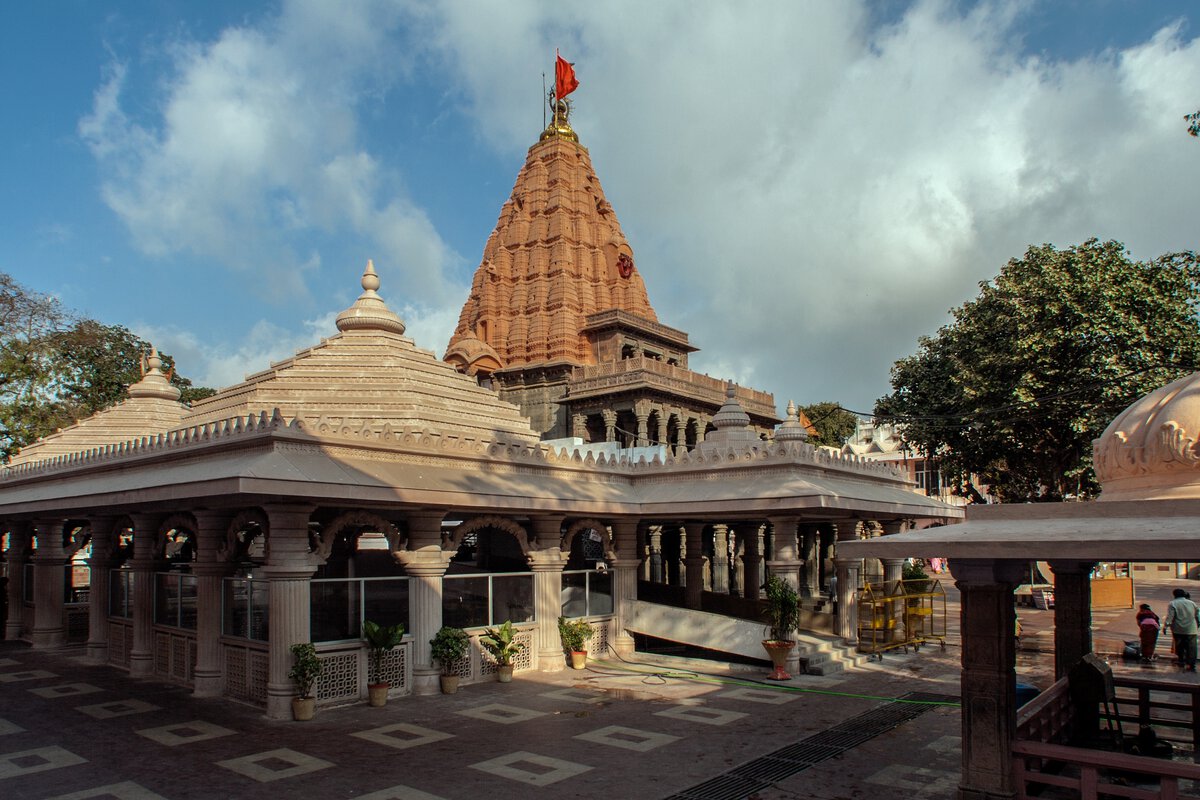
Location: Ujjain, Madhya Pradesh
The only Dakshinamukhi (south-facing) Jyotirlinga, known for its Bhasma Aarti, performed using sacred ash.
The temple is open for devotees from 4 am to 11 pm. Don’t miss out on the Bhashma aarti which happens from 4 am to 6 am. You can also attend the morning aarti (7 am to 7:30 am) or the evening aarti (5 pm to 5:30 pm).
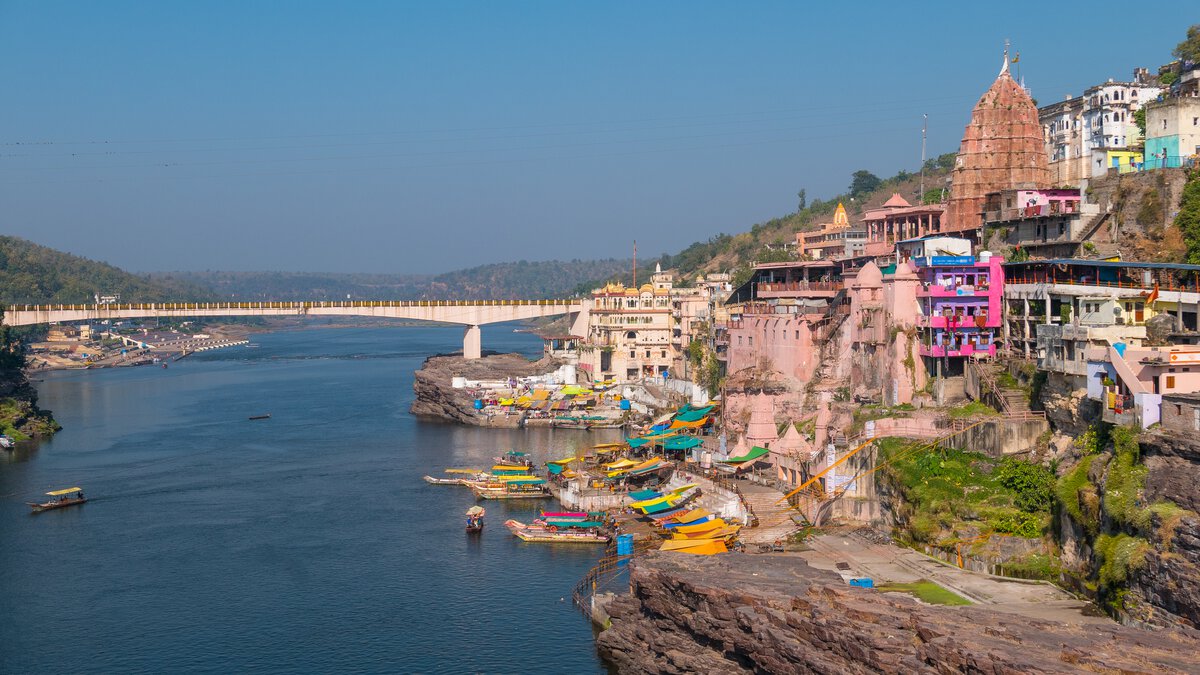
Location: Mandhata Island, Narmada River, Madhya Pradesh
Significance: Shaped like the Om (ॐ) symbol, emphasizing the cosmic presence of Shiva.
The temple is open all day for darshan from 5:00 am to 9:30 am.
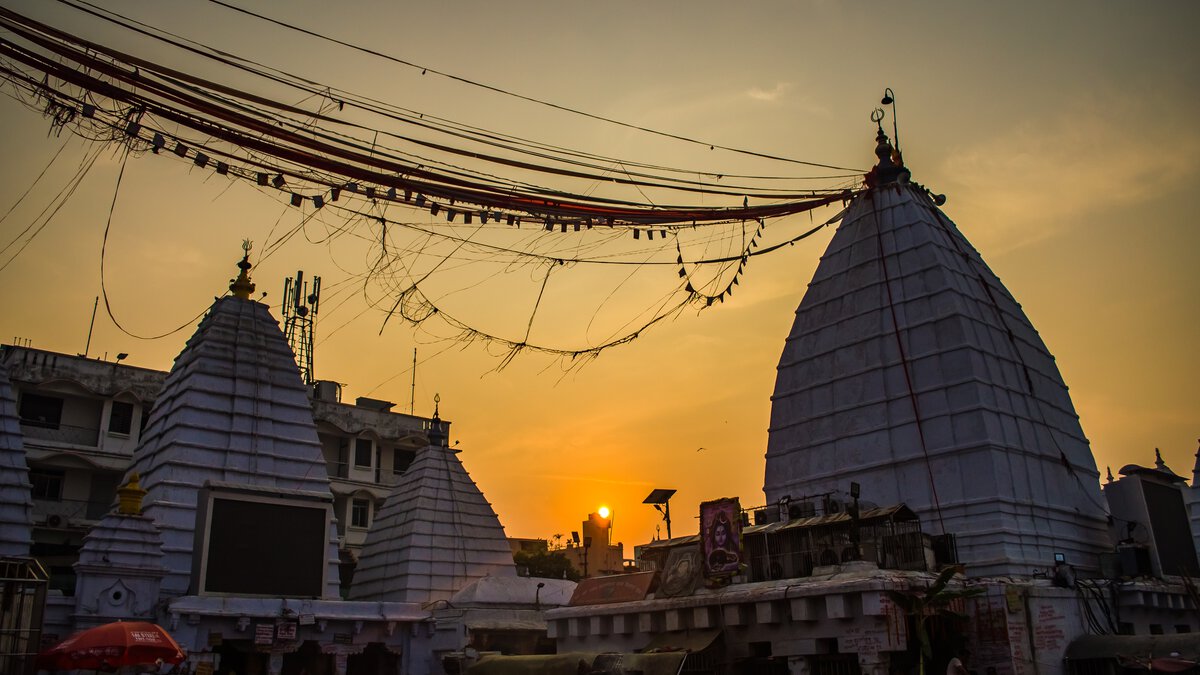
Location: Deoghar, Jharkhand
Also known as Baba Baidyanath, it is believed to have healing powers and associated with Ravana’s devotion to Shiva.
The morning darshan happens from 4 am to 1:30 pm. The evening darshan takes place from 6 pm to 9 pm.
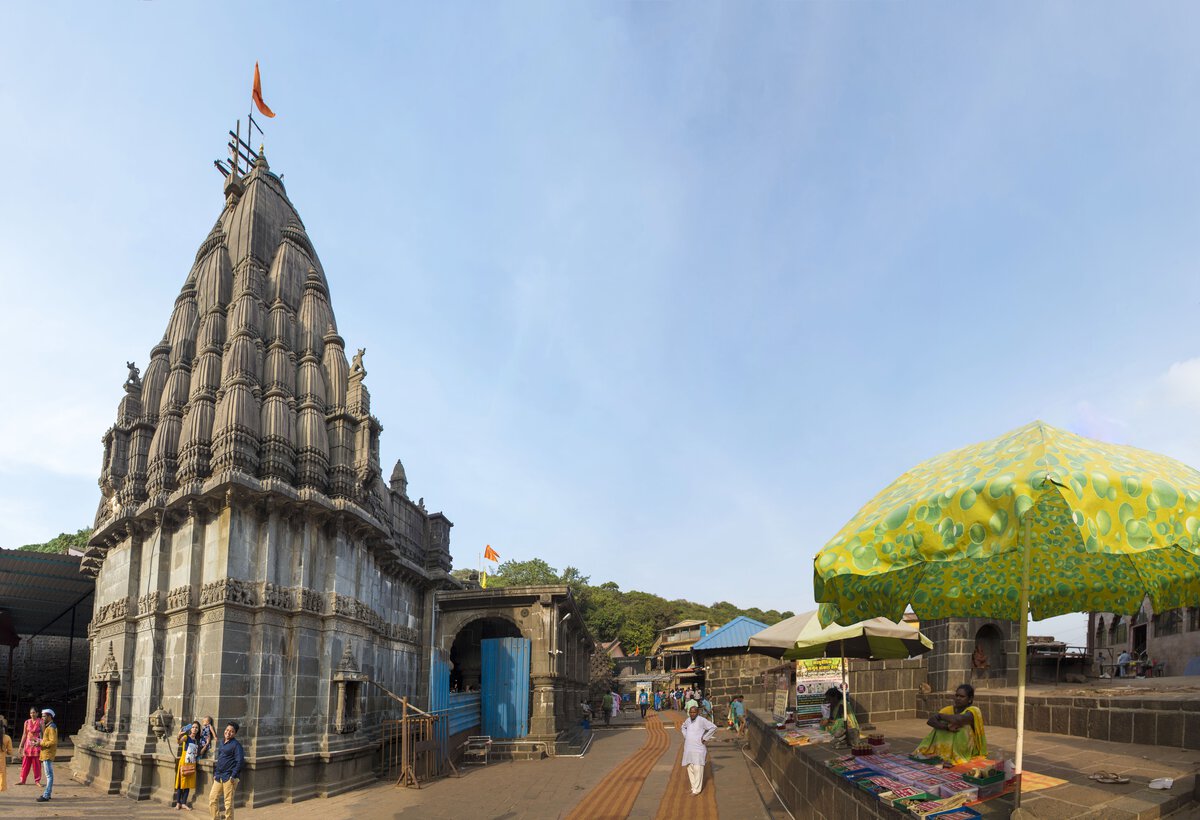
Location: Pune, Maharashtra
Associated with Lord Shiva’s battle against the demon Tripurasura, nestled in the Sahyadri Hills, surrounded by lush greenery.
The temple opens at 4:30 am, and regular pooja and Abhishek commences from 5:30 am. From 3:30 pm onwards, the Shringar darshan starts. Please note that it might take 2 to 2.5 hours for the darshan, depending on the crowd.
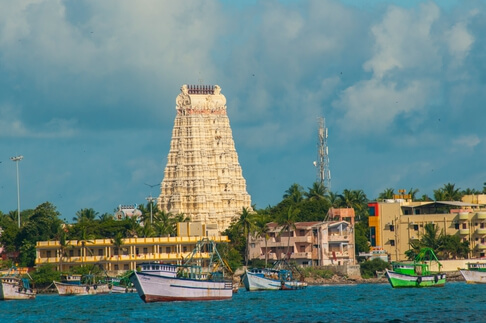
Location: Rameswaram, Tamil Nadu
Associated with Lord Rama, who worshipped Shiva here before crossing to Lanka.
In the morning, the temple remains open from 5 am to 1 pm. In the evening, the temple opens for pilgrims at 3 pm and closes at 9 pm.
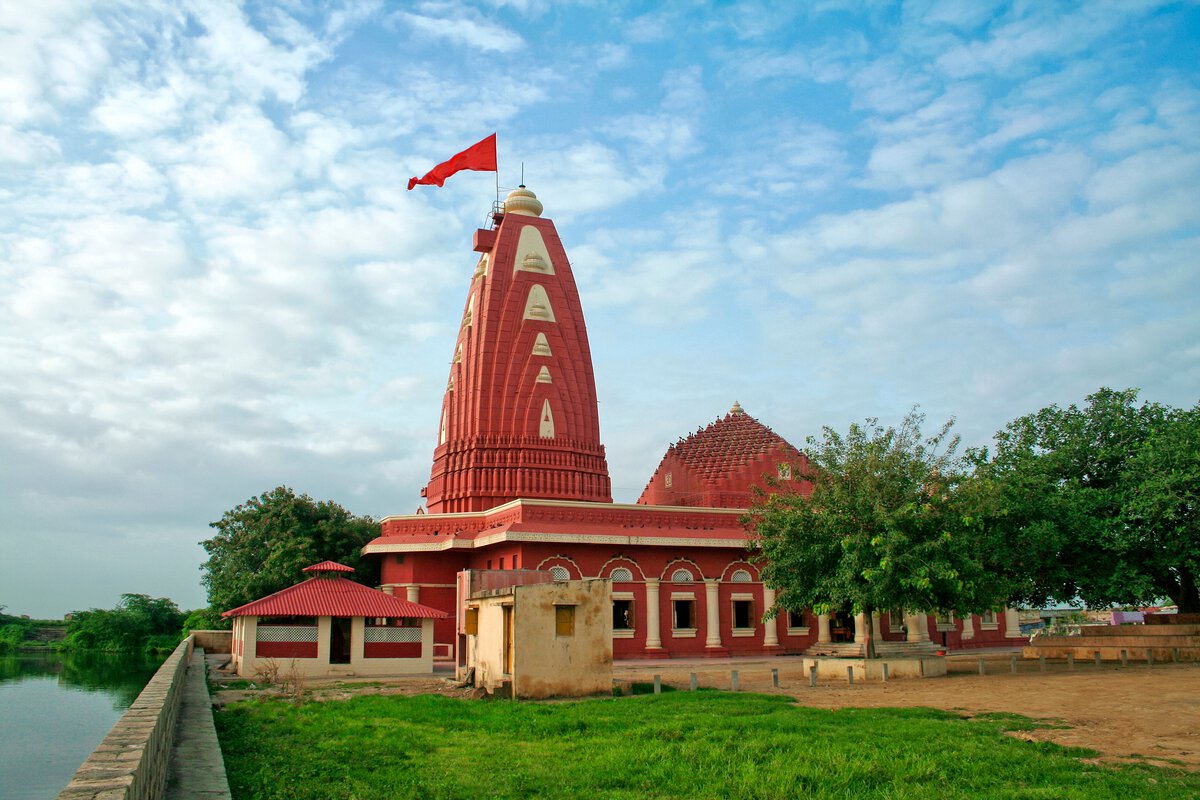
Location: Near Dwarka, Gujarat
Represents protection from all forms of negativity and evil forces.
The temple opens at 5:30 am and you can offer prayers early in the morning. Don’t miss out on the Maha Bhog aarti from 12 noon to 12:30 pm. Please note that the temple closes at 9 pm.
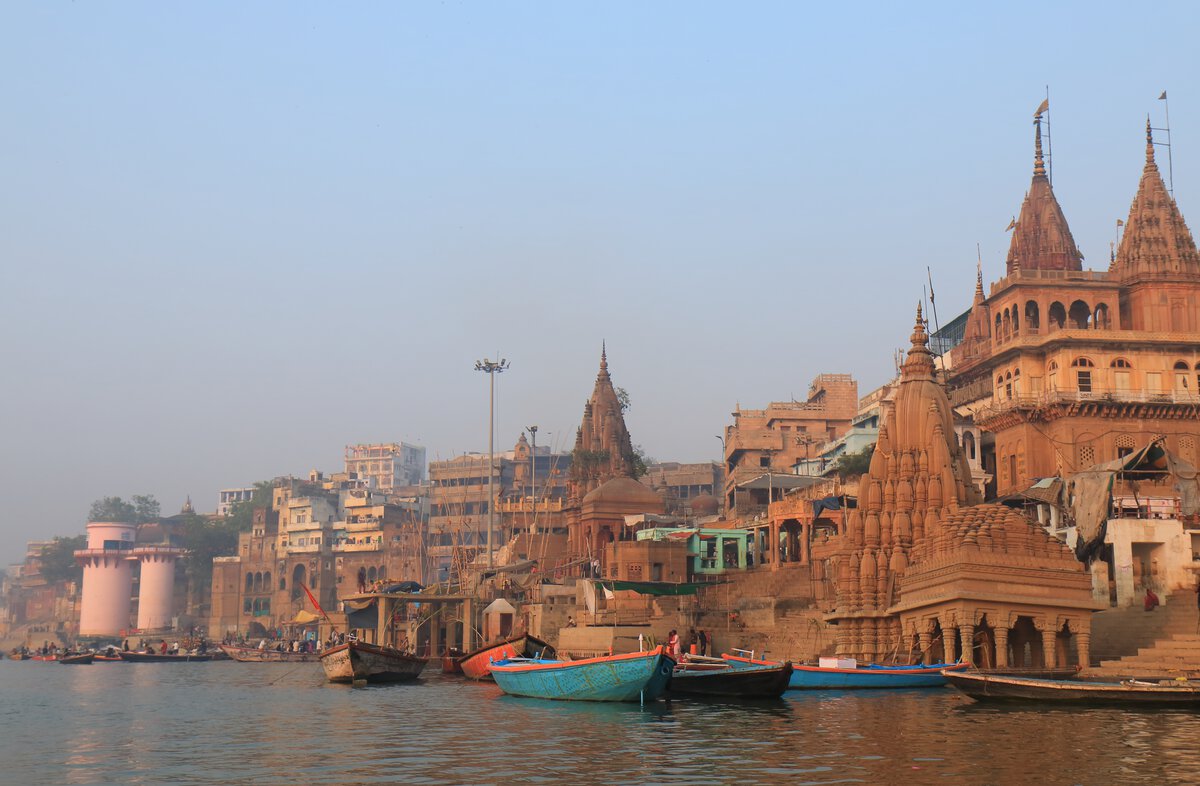
Location: Varanasi, Uttar Pradesh
Located in the spiritual capital of India, this temple is considered the holiest of all Shiva temples.
The Mangla aarti takes place everyday from 3 am to 4 am, whereas the Bhog aarti takes place from 11:15 am to 12:20 pm. If you want to witness the night Shringar, it happens from 9 pm to 10:15 pm, and if you wish to get the Rudrabhishek done by the Shastri, it can happen at any time, from 4 am to 6 pm.
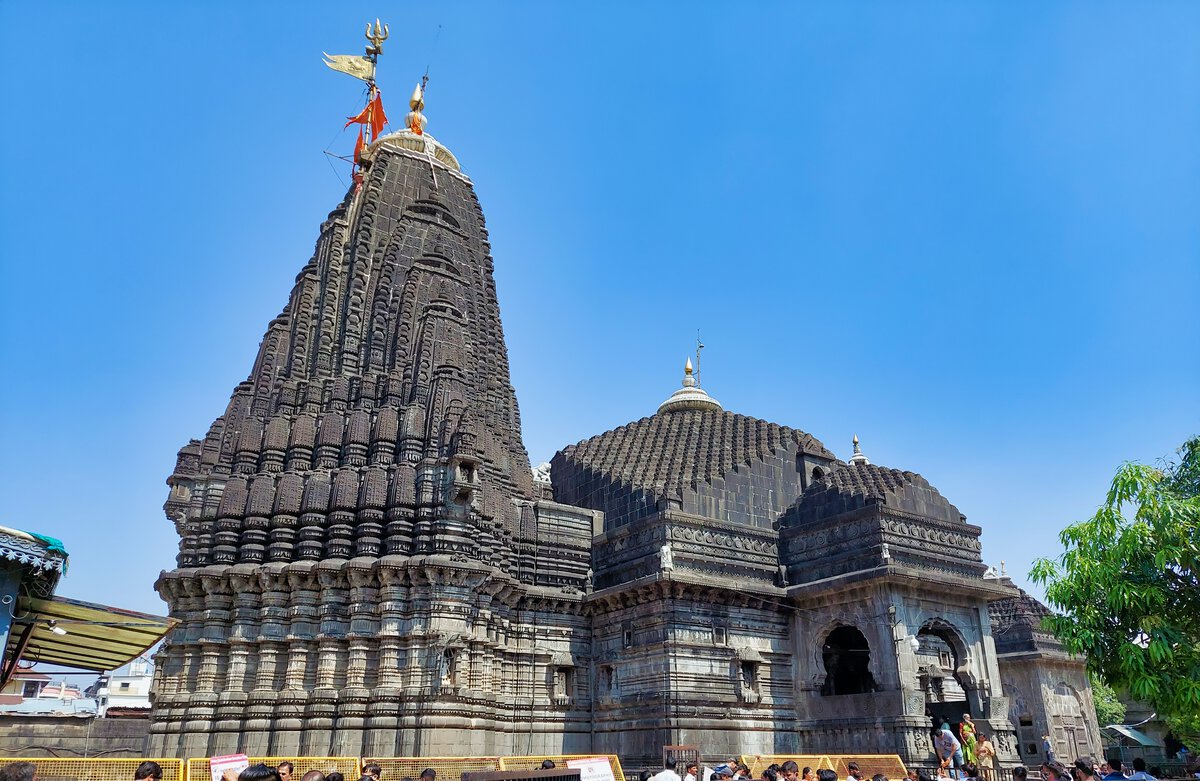
Location: Nashik, Maharashtra
Linked to the origin of the Godavari River, making it an important pilgrimage site.
The temple remains open from 7 am to 8 pm. Depending on the crowd, it can take you 2-2.5 hours for the main darshan. If you want to go ahead with a VIP Darshan Pass, it will cost you around Rs. 200 and is available at the main gate of the temple.

Location: Kedarnath, Uttarakhand
One of the most difficult pilgrimages, Kedarnath is located in the Himalayas and is accessible only for six months due to extreme weather.
The temple opens at 7 am and closes during lunchtime. The evening aarti commences around 6 pm.
The doors of Kedarnath temple generally opens from May to November.
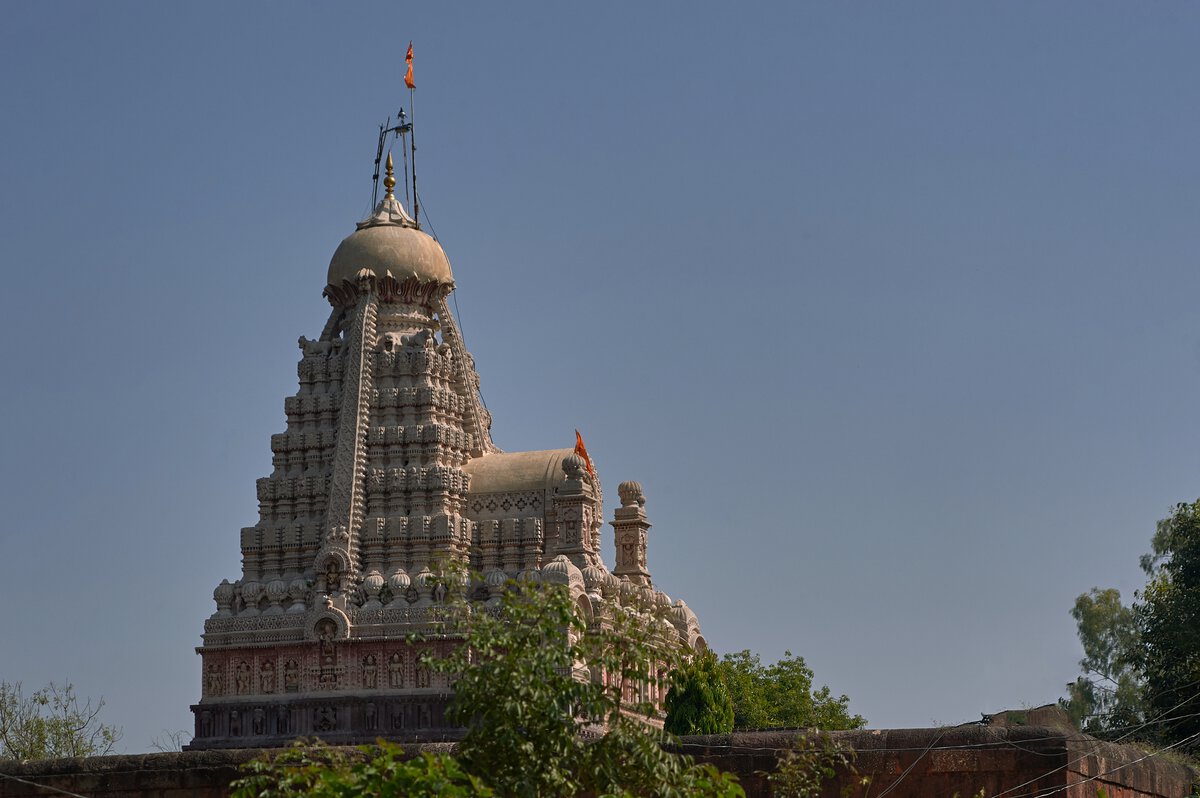
Location: Ellora, Maharashtra
The smallest Jyotirlinga, located near the famous Ellora Caves, symbolizing devotion and humility.
You can offer prayers any time during the day from 5:30 am to 9:30 pm. The afternoon puja timings are 1 pm to 1:30 pm. In the evening, the puja happens from 4 pm to 5:30 pm.
Where to Stay:
In Maharashtra, you can plan to stay in Club Mahindra Hatgad resort. This resort in Nashik is just 1 hour away from the Trimbakeshwar Jyotirlinga.
When in Gujarat, unwind in Club Mahindra Dwarka. This resort in Gujarat is just 34 min away.
Conclusion
The 12 Jyotirlingas are not just places of worship but are spiritual powerhouses that attract millions of devotees every year. A pilgrimage to these sacred shrines is a transformative journey, bringing one closer to the divine essence of Lord Shiva.
If you’re planning a Jyotirlinga Yatra, be prepared for an enriching experience filled with devotion, history, and divine blessings!
Mahindra Holidays & Resorts India Ltd. (MHRIL), a part of Leisure and Hospitality sector of the Mahindra Group, offers quality family holidays primarily through vacation ownership memberships and brings to the industry values such as reliability, trust and customer satisfaction. Started in 1996, the company's flagship brand ‘Club Mahindra’, today has over 300,000 members , who can holiday at 140+ resorts in India and abroad.
We use cookies to personalise content and to provide you with an improved user experience.By Continuing to browse this site you consent to the use of cookies.Please visit our cookie policy for further details.

Welcome to ClubMahindra.com In order to provide a personalised experience for you, we use cookies to enable some website functionality. Cookies help us see which articles most interest you; allow you to easily share articles on social media channels; permit us to deliver content personalised to your interests and locations; along with many other site benefits. For more information, please review our Cookie Policy
When you visit any website, it may store or retrieve information on your browser, mostly in the form of cookies. This information might be about you, your preferences or your device and is mostly used to make the site work as you expect it to. The information does not usually directly identify you, but it can give you a more personalized web experience. Because we respect your right to privacy, you can choose not to allow some types of cookies. Click on the different category headings to find out more and change our default settings. However, blocking some types of cookies may impact your experience of the site and the services we are able to offer.
Because we respect your right to privacy, you can choose not to allow some types of cookies and you have the right to withdraw your consent by send a mail to email id [email protected]
These cookies are essential in order to enable you to move around the site and use its features, such as accessing secure areas of the site. Without these cookies, services you have asked for cannot be provided.
These cookies allow us to employ data analytics so we can measure and improve the performance of our site and provide more relevant content to you. These cookies don't collect information that identifies a visitor down to an individual level that is available to us. These cookies are not passing personally identifiable information to any external third party other than in limited cases when we engage a service provider to act on our behalf but who is then unable to use the data for their own purposes.
Performance cookies are generally third-party cookies from vendors we work with or who work on our behalf that collect information about your visit and use of the Club Mahindra website, for instance which pages you visit the most often, and if you get error messages from web pages. These cookies don't collect information that identifies a visitor. All information these cookies collect is anonymous and is only used to improve your overall experience on how the website works. Third party vendors may have access to this data and may use it to improve their overall services and offerings.
Functionality cookies allow a site to remember choices you make (such as your user name, language or the region you are in) and provide more enhanced, personal features. These cookies cannot track your browsing activity on other websites. They don't gather any information about you that could be used for advertising or remembering where you've been on the Internet outside our site.
Third-party advertising and social media cookies are used to (1) deliver advertisements more relevant to you and your interests; (2) limit the number of times you see an advertisement; (3) help measure the effectiveness of the advertising campaign; and (4) understand people's behaviour after they view an advertisement. They are usually placed on behalf of advertising networks with the site operator's permission. They remember that you have visited a site and quite often they will be linked to site functionality provided by the other organization. This may impact the content and messages you see on other websites you visit. If you do not allow these cookies you may not be able to use or see certain these sharing tools content on our website.